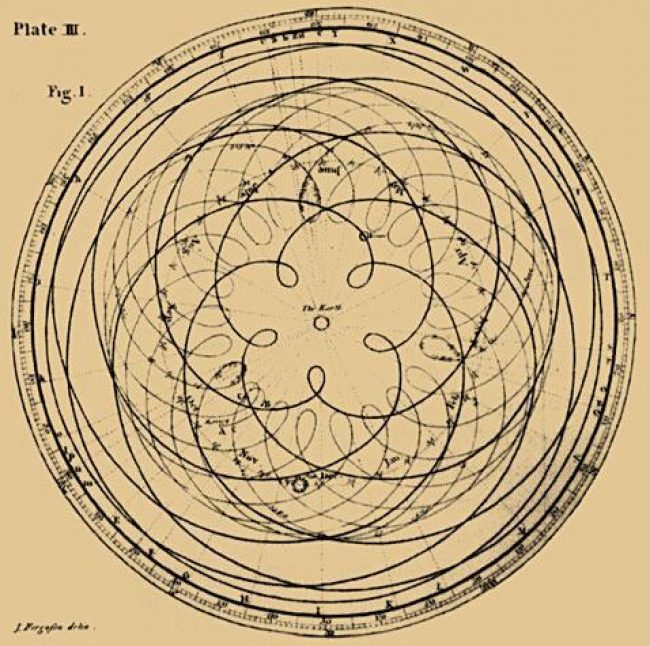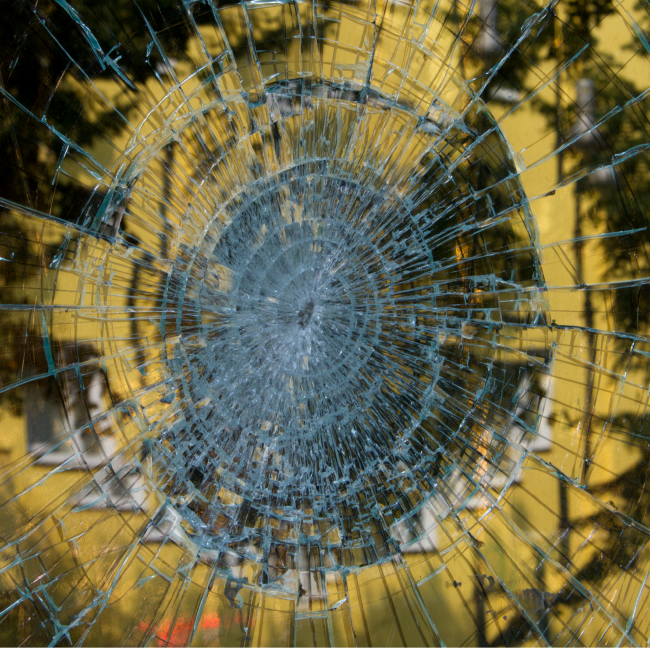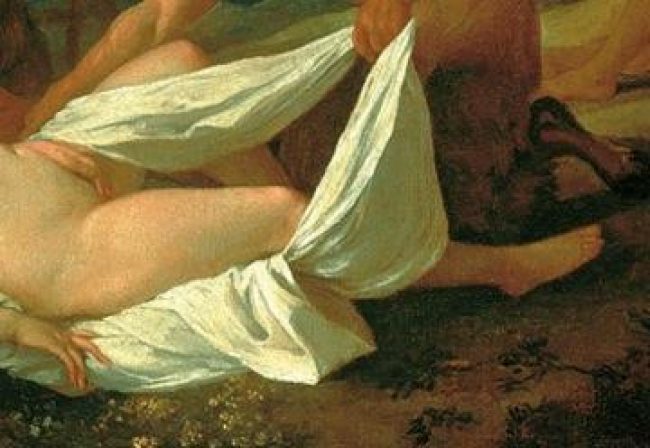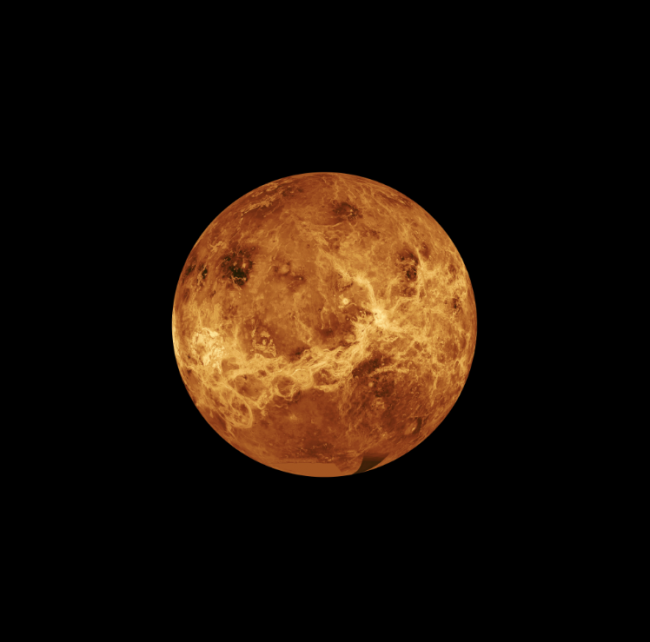It is said that it was Pythagoras who found out that the morning star and the evening star were the same astral body: Venus. It is also said that although the Sumerians were aware of this, they still drew a distinction between the morning and the evening star, as if they were two different entities. In our planetary mythology there are hundreds of beings that dress up as the evening star and the morning star: Quetzalcoatl, a being composed of reptile and bird (like the dragon of European Heraldry); Inanna or Ishtar; Horus, the two-headed Phoenix bird, and the Lucifer / Jesus pair which are two aspects of the same, according to alchemy. As a man sitting in a rocking-chair in Luxor once replied to me when I asked him his name: Did I want to know his morning name or his evening name?
The strict dogmas of materialist science have rendered us more or less psychotic, unable to establish dialogues with the forces beyond our phenomenological coordinates. Any consideration about the immaterial aspects of our experience is disqualified and framed as pseudo-science. This is still the case now, even during the Quantum Era, since any analogy between the paradoxical behaviors of sub-atomic particles and macroscopic observations of nature are systematically considered heretic to the materialistic scientific dogma. In other words, our collective consciousness refuses to live in terms of a non-local universe, and refuses to address the multidimensional reality made available by our own quantum physics; just like the sailors in Christopher Columbus’ ships who panicked in front of the abyss at the edge of a flat world a millennia or so after the west had rediscovered the earth’s roundness.
It is said (or known) that the Maya already knew about the virtual shape of Earth and Venus’ dance; they knew of the five-petal flower that the two planets draw over time. Contemporary science wonders why the Maya ignored the eclipse of Venus and the Sun – called the “Transit of Venus” – taking into account that it is such a fundamental observation, conducive to get hard astronomical facts and answers. Materialist science – Astronomy, that is - focuses on the fact that it is thanks to the study of this planetary dance (producing a regular transit of Venus in front of the Sun), that we could measure with exactitude the solar system’s dimensions. This is the kind of assurance that we are nowadays entrenched in, what I’ve called psychotic. We ignore the dazzling pattern, the stellar drawing of amazing beauty, and are perplexed by the Mayan interest in the flower itself, the immaterial flower - drawn over time – it is incomprehensible to us that this could be understood as “knowledge”. The problem is we don’t understand such knowledge, so it appears as something irrelevant, as pseudo-science. Examining the history of electricity, one can find something similar: after millennia of experiencing electricity’s magic, we managed to capture what used to be thought of as superstition, what used to be attacked with all kinds of Inquisitions. When our ‘Electric Era’ started, we abandoned that profound question about our surrounding ‘Electrical Universe’; since we had managed to control it and use it, we ignored its unexplained nature and the intractable nature of the question: where does this essential vital impulse come from? And the next question: why does it continue pulsating?
Again, something similar is happening today in Austrian laboratories with certain mysterious expressions of quantum physics that undo space and time –so-called “teleportation” –. These unexplainable principles of quantum are being instrumentalized in the first “quantum computer”. Soon the quantum question will stop being a question about the Universe and become a new technological paradigm leading us faster into the reign of artificial intelligence, a destination that enthralls us, a constant siren call from the future. What I am referring to here are the artificial holograms: from the social articulations of Facebook all the way to what we might call ‘culture’. These will continue growing as a Tower of Babel, but the other hologram, the one of the flower of Venus will be farther and farther out of reach. Until all human constructions come tumbling down, as they always have, and the Universe manifests inside us again, the blinding light of Logos that reboots the story.
Coming back to Venus, Mayan Cosmovision seems to have tried to establish a correspondence between every number, every observation of the heavens with an astrological form of knowledge. This means, that every cosmic ‘fact’ was important only insofar as it was linked to the existence of a human being on Earth in a most individual way. This is what we call today astrology and this is what astronomical knowledge was used for. There is a profound difference between the Nomos of Astro Nomos – law of men – and the Logos of Astro Logos– the unknowable order of the vital impulse. The first term ties up nature with laws, human metaphors that soon become literal for us; the other one, astrology aims to create nets, dream-catchers; any mythology or zodiac is an example of these fisherman nets that can catch reflections and refractions of the Logos - the order that cannot be looked at directly but which acts on everything, the influence of influences.
In that sense, although there is no phenomenological doubt that the Earth orbits the Sun, in another spectrum of reality the Earth is the center of the Universe and the human body is a holographic expression of the whole Universe, and it is impossible to differentiate one from the other; therefore, there are infinite connections emerging at all times. The frequencies of our body are lower or higher octaves to other frequencies, and everything can be mobilized via its entanglement with something else, in a plane without space or chronograms. We could say that by looking at a star which is - “millions of light-years away” as our science states – we may actually become tangled with its light, downloading it to the present, to the unfathomable universe of a black pupil. This last element could be the blueprint for mythological tales, that are pregnant with a knowledge that cannot be held, but whose reflections we can furtively perceive. Myth is the mimesis of a coherence that is found but not sought, in the gesture, in the way our words conjure the world. The myth talks through its own structure, through its numbers, its rhythms, in the same way as the crystal condenses the surroundings where it grew; in the same way that cymatics reveal the signature of a sound frequency in the 3D world.
The morning star has a different name than the evening star; and in order to dialogue with these two stars, we have mythology, the holographic narratives that closely guard what they don’t actually hold. Ritual dances for example, such as flamenco, invocations of the duende that only come alive if human e-motion has been excited to the point of invoking its presence. Only if there is enough intensity to channel the Other, will it furtively show its face, an immaterial face that is there and not there simultaneously. We live in a sphere whose center is everywhere and whose circumference is nowhere.
Venus, women and copper are represented by the same alchemical symbol. In the days leading to menstruation – when the feminine psyche is in turmoil, inhabited by forces that only mythology can name– the level of copper - a conductor to other spheres - becomes very high in a woman’s bloodstream. This is something that a blood test can reveal nowadays, but it also belongs to the immemorial knowledge of humankind, possibly related to living cycles and planetary influences, found through self-discovery; a form of knowledge that is now atrophied.
Taitas [Shamans] from the Putumayo always caution women “in their moon cycle” (menstruation) not to take part in yagé ceremonies. This warning isn’t due to what could happen to the woman herself during the ceremony but because of the risk to the Shaman… who will be nullified by the nocturnal element circulating in the blood.
[…] too much light for an image to exist when there are no shadows that could be drawn against the brightness of the day.
[….] too dark, when there is no moonlight to make sparks in the dew drops, on the black foliage of the night.
… and these two conditions are, in the end, equivalent.







